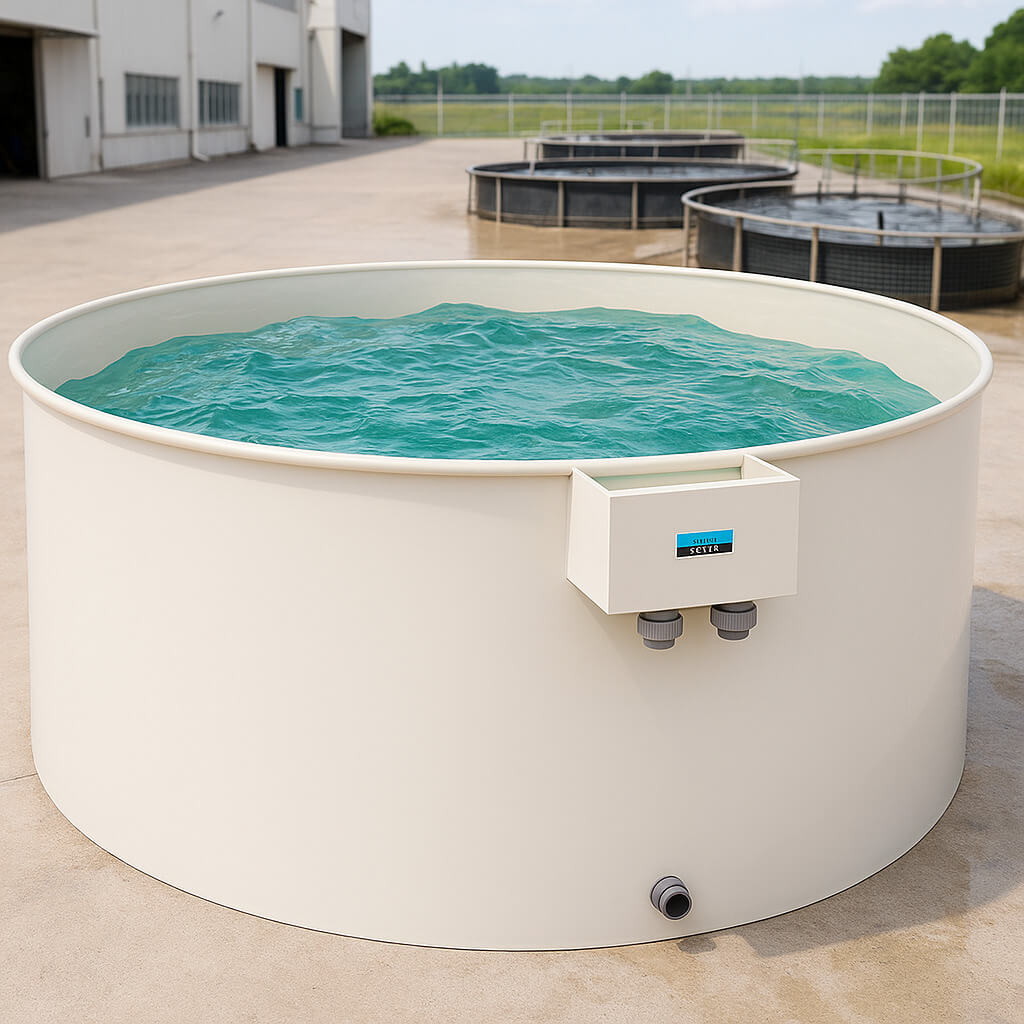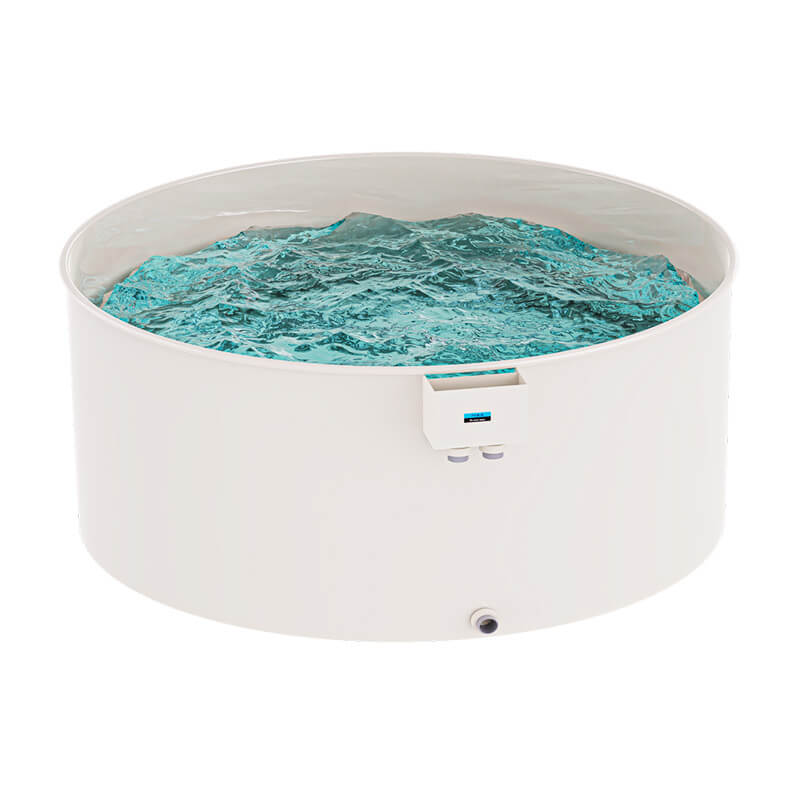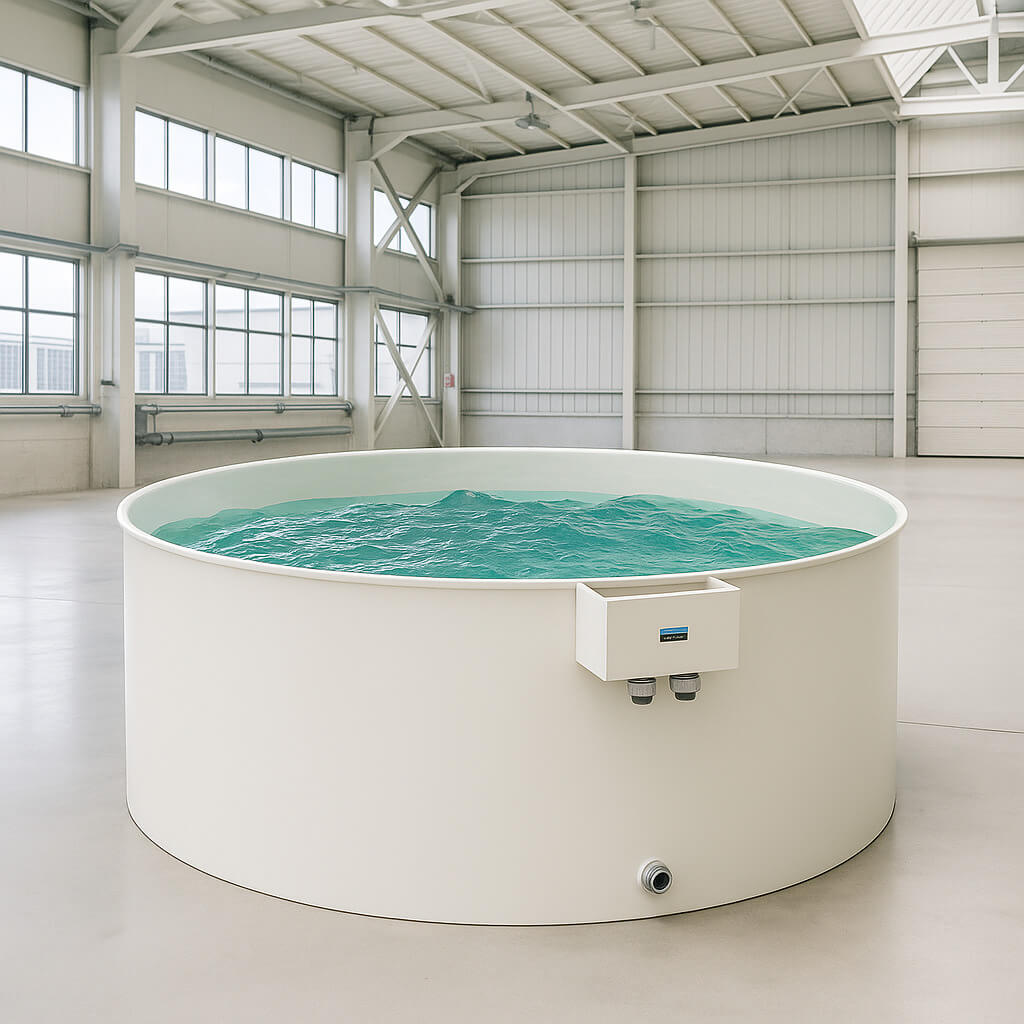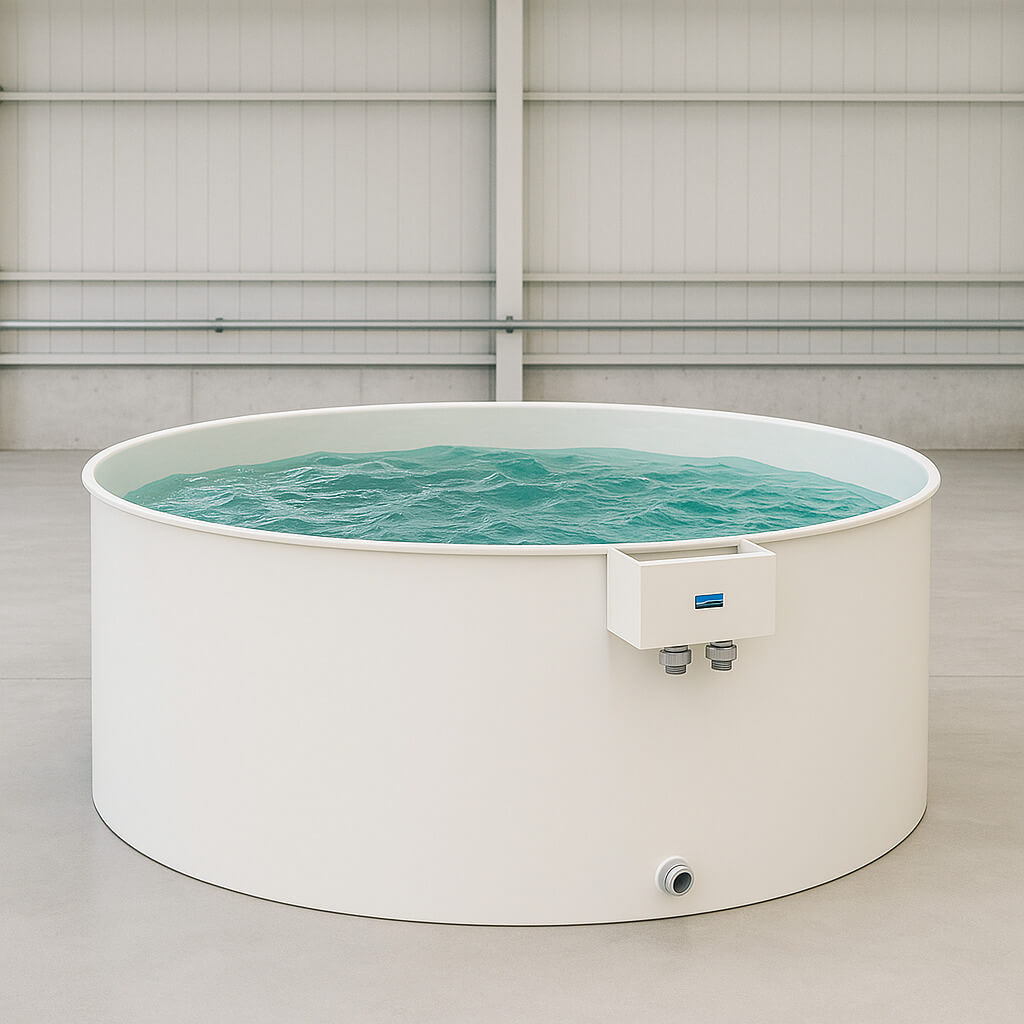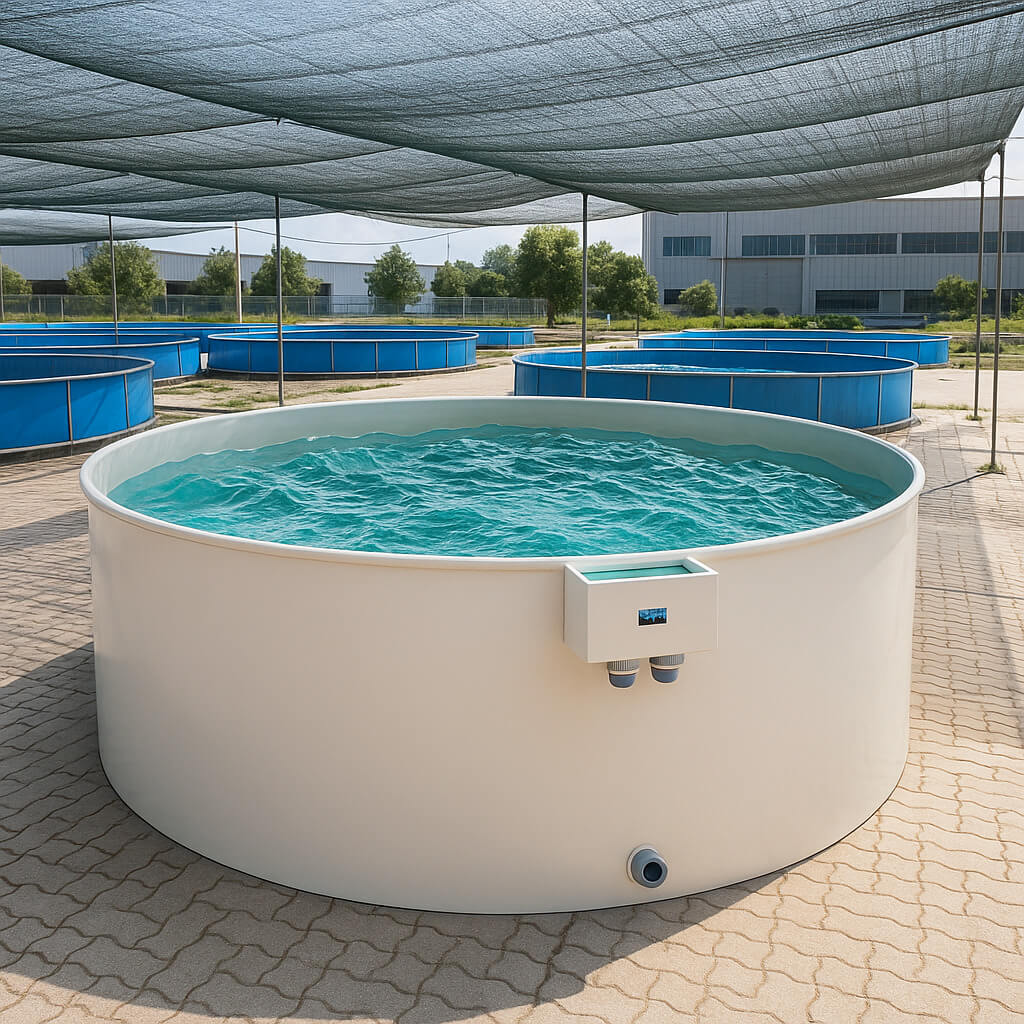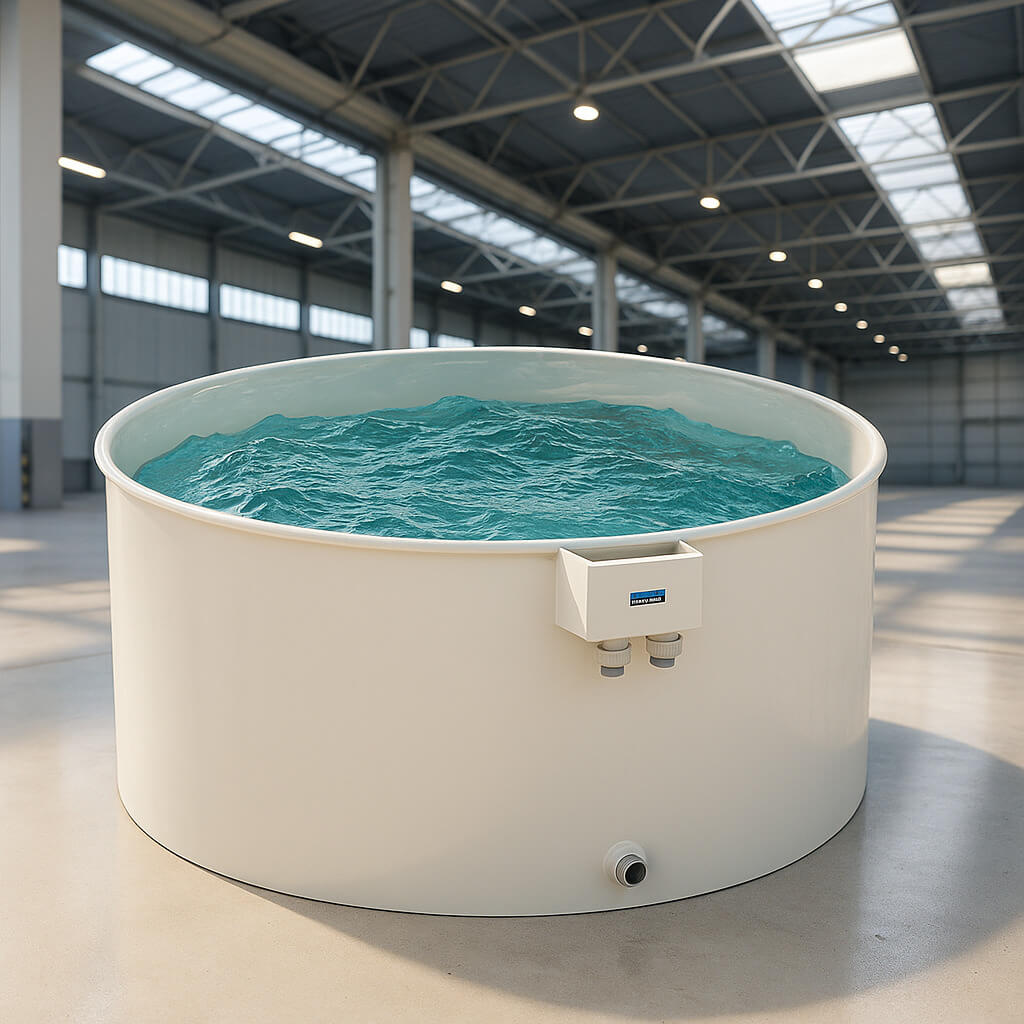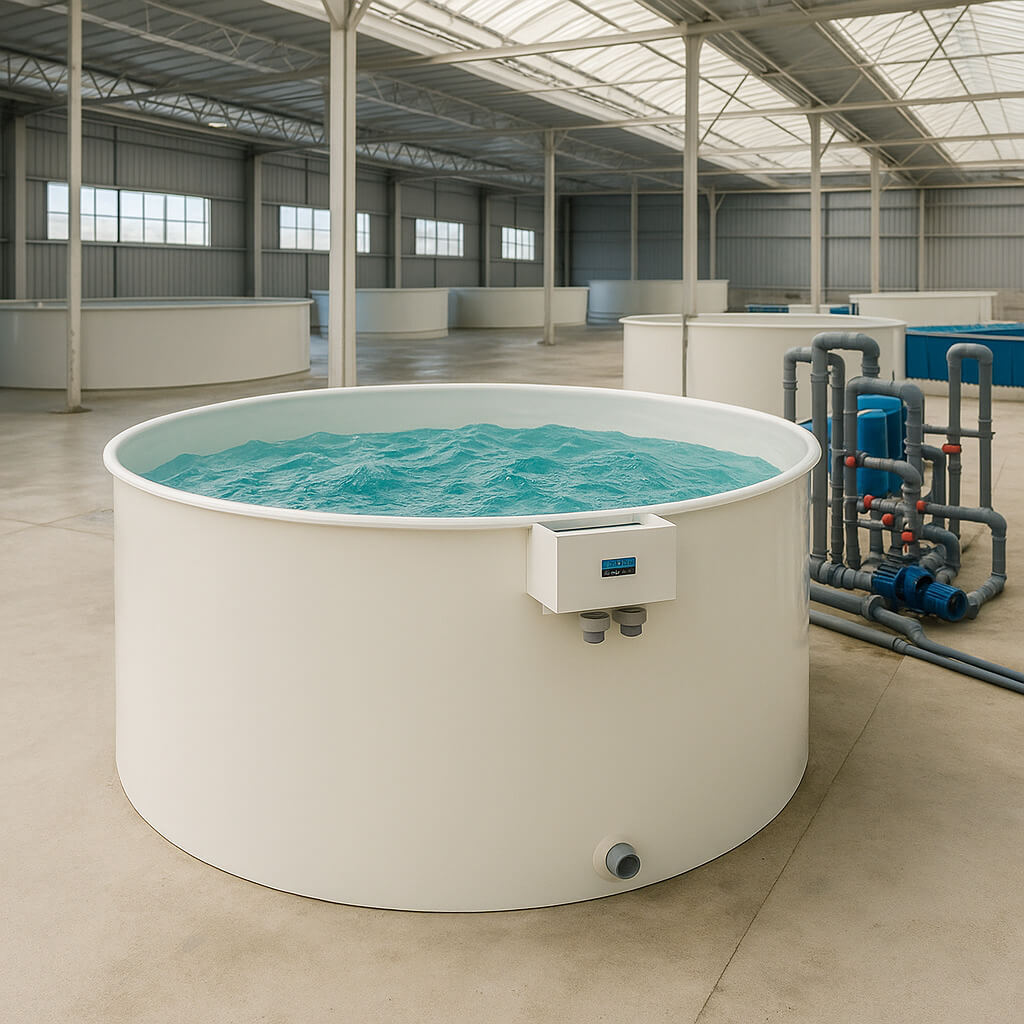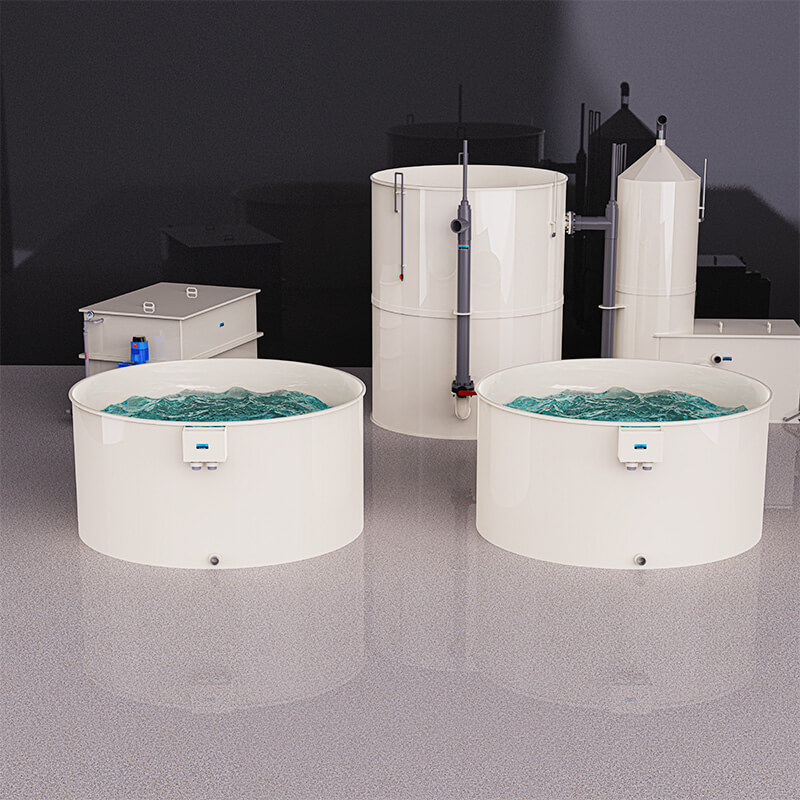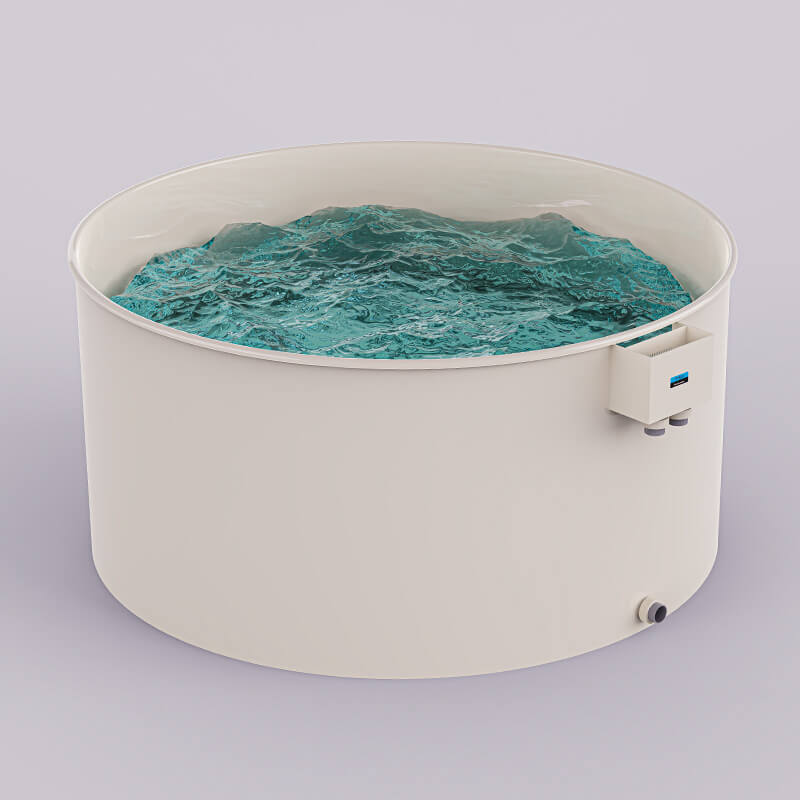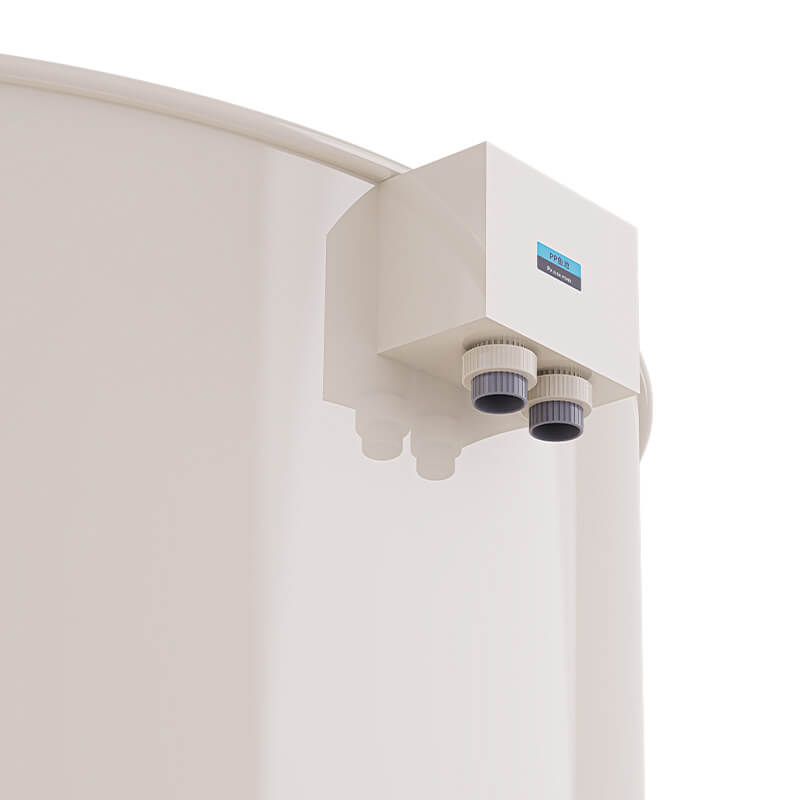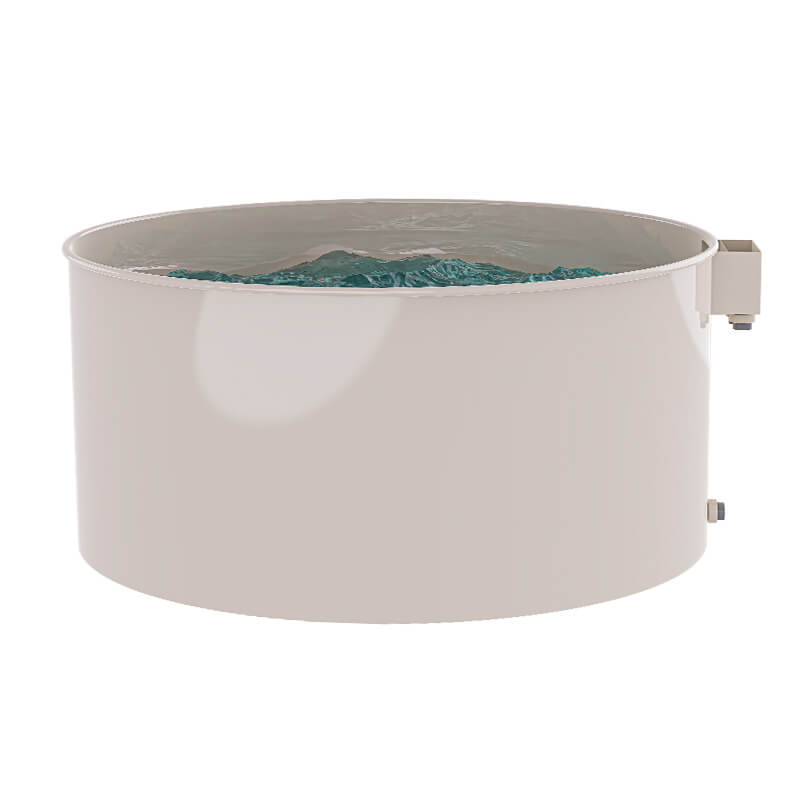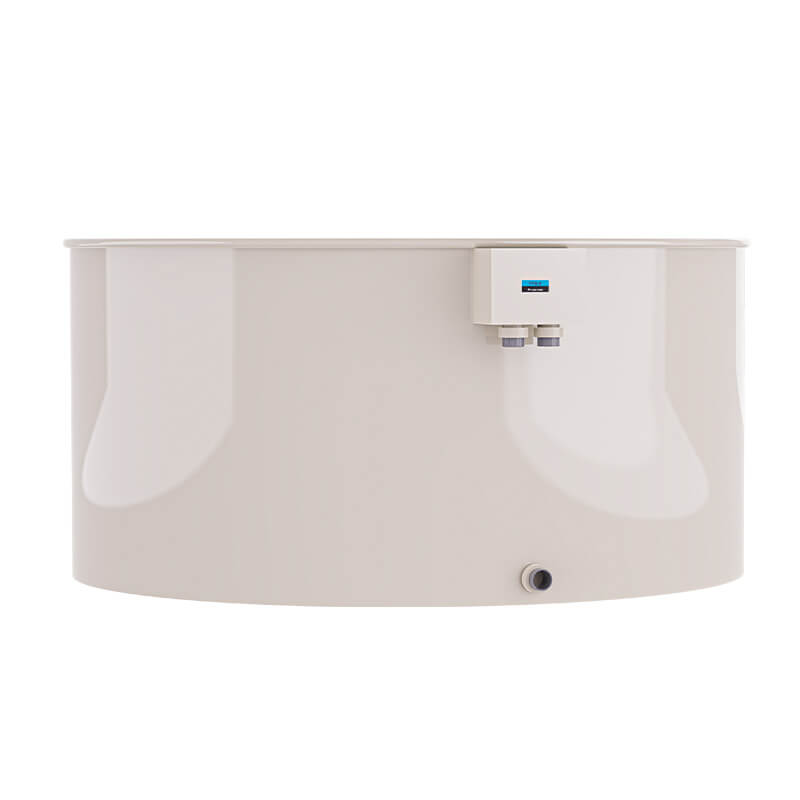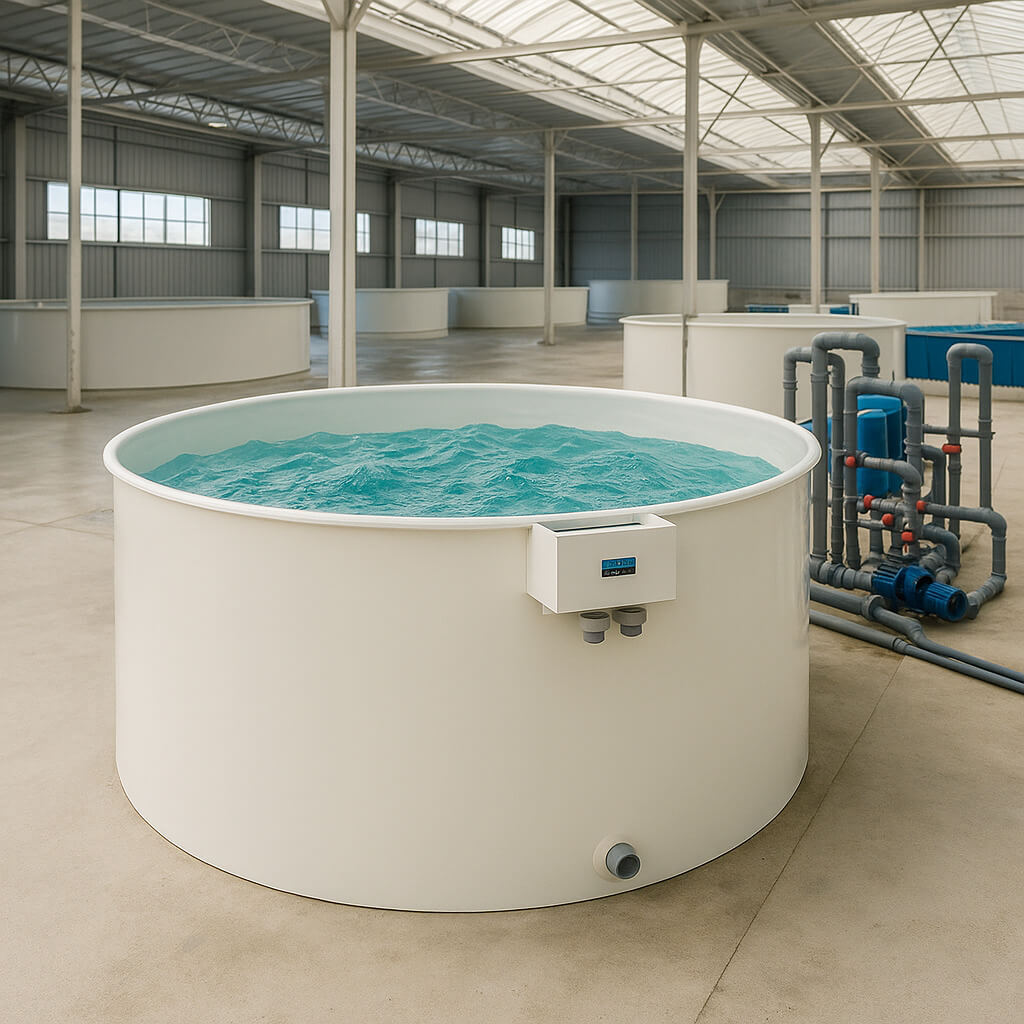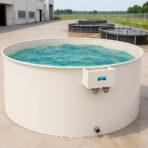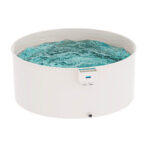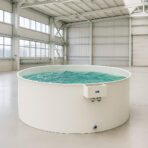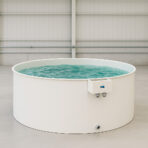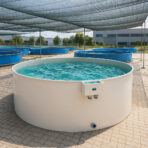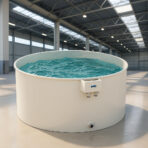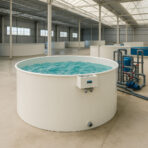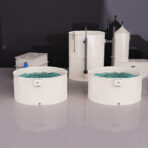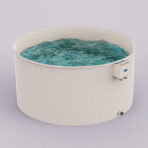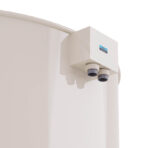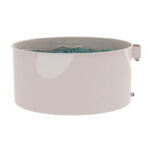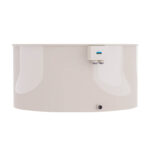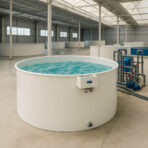Polypropylene Tank for Aquaculture, Storage, and RAS Systems
If you’re running a hatchery, managing a RAS loop, or just need water storage that doesn’t fall apart under salt and sunlight—this is your tank.
The Polypropylene Tank for Aquaculture, Storage, and RAS Systems is built for sites that can’t afford downtime from rust, peeling coatings, or complicated maintenance. The material? Food-safe, UV-stable polypropylene. The structure? Custom-sized and spec’d for aquaculture flows, whether you’re collecting sludge, buffering oxygenated water, or dosing chemicals in a loop.
This isn’t a one-size-fits-all product pulled from a generic catalog. These tanks are shaped to real-world constraints—outdoor exposure, tight installation clearances, and nonstop water handling in hatcheries, nurseries, and grow-out systems.
YUTANK’s documentation backs the basics: material stability, resistance to brackish water, and support for field-ready connections. So instead of retrofitting a tank meant for another industry, you get one made to work where bio-loads and system uptime actually matter.
Share:
Accessories:

View related accessories
This tank isn’t trying to look fancy. It’s built to stay quiet and do its job — day in, day out — without cracking under UV, leaking at the seams, or rusting from salt exposure.
Material
It’s made from polypropylene (PP) — not the recycled mix, but stable, UV-resistant, and chemically non-reactive grade. That means it won’t degrade when exposed to strong light or corrosive water chemistry, which is exactly what you’re dealing with in RAS or open-air hatchery systems.
What it handles well
You’ve got oxygen-rich flows, brackish backwash, sometimes even chemical dosing — and most tanks don’t like that mix. Coated steel eventually flakes. PE tanks bow or get brittle in the sun. PP holds shape and doesn’t leach or absorb.
Where it fits
Operators use these tanks across the loop:
as sump basins catching debris before filtration
as holding tanks for broodstock or fingerlings
as buffer tanks feeding steady flow into skimmers or protein separators
as chemical mix tanks for pre-dosing ozone, chlorine, or probiotics
All of that shows up in actual layouts across YUTANK’s RAS equipment catalogs.
Access & cleaning
Designs are simplified for actual use: flat base for secure install, optional access hatch, fittings at user-specified positions. That means no more fighting gravity when draining, and no awkward reach-in scrubs during downtime.
Customization
Dimensions, fittings, and panel reinforcement are all open. You’re not locked into one layout — the production process supports variant sizes, so your team can spec it tight to your floorplan.
No marketing magic here. Just a tank that shows up, fits in, and doesn’t give you trouble three months later.
Below are the technical specifications for YUTANK’s polypropylene tanks, designed specifically for aquaculture, storage, and RAS environments. The specs vary based on volume and use case, but here’s the core breakdown based on the knowledge base :
🧾 General Specifications
| Parameter | Details |
|---|---|
| Material | UV-stabilized, food-grade polypropylene (PP) |
| Manufacturing Method | Thermo-welded sheets with reinforced ribbing |
| Volume Range | 0.5 – 50 m³ (customizable to fit site requirements) |
| Wall Thickness | Typically 6 – 15 mm, adjusted per capacity and load spec |
| Tank Shape | Cylindrical or rectangular (flat base) |
| Color | Light gray (standard), other colors available on request |
| Top Cover Option | Open-top, sealed, or hatch-access |
| Temperature Resistance | –10°C to +70°C |
| UV Resistance | Yes (≥10-year outdoor exposure grade) |
| Corrosion Resistance | Excellent (saltwater, freshwater, disinfectants) |
| Fitting Interfaces | DN50–DN200 socket, flange, or thread-type options |
| Drainage Options | Bottom center or side-wall outlet with optional valves |
| Support Base | Integrated base plate or optional steel stand |
| Certifications | GB9687 (China), FDA-grade PP option available |
🛠 Customization Notes
-
Tanks above 15m³ often come with internal baffles or external structural bracing.
-
Fittings can be pre-welded or modular with O-ring sealed ports.
-
Most installations use flanged connections for inline integration into RAS loops.
-
Transportation packaging is usually shrink-wrapped with pallet or crate base for larger units.
These aren’t “stock” tanks—they’re cut, welded, and drilled per actual system drawings. That’s what makes them plug-and-play in live aquaculture environments rather than needing field hacks after delivery.
Q1: What’s the maximum size you offer for polypropylene tanks?
We can build tanks up to 15 meters in diameter. The standard circular sizes range from 1.2m to 10m, but for projects needing higher capacity, we’ve supported custom builds as large as 15m.
Q2: Can these tanks be used for seawater or high-salinity environments?
Yes. Our polypropylene (PP) tanks are highly resistant to corrosion and chemical attack, making them ideal for both freshwater and marine aquaculture systems. Just make sure you specify salinity levels if you need extra reinforcement or sealing.
Q3: Do the tanks come with bottom drains or outlet fittings pre-installed?
We provide a central bottom drain or outlet flange upon request. If not specified, tanks are shipped with sealed bases and fittings to be added during installation.
Q4: How are these tanks delivered—fully assembled or in pieces?
Smaller tanks (under 5.8m) are usually delivered as single units. Larger tanks or those with access limitations are modular and require on-site assembly. We include all necessary instructions and parts.
Q5: What’s the typical lifespan of a YUTANK polypropylene tank?
For indoor setups: 10–15 years with minimal degradation. For outdoor systems exposed to UV and weather: 5–8 years, assuming proper support structure and occasional maintenance.
Q6: Do I need a concrete foundation?
Yes—especially for medium to large tanks. Uneven or soft ground can cause structural stress and leakage over time. We strongly recommend a reinforced concrete pad.
Q7: Are these tanks food-grade certified?
Yes. All PP sheet materials used are food-grade and non-toxic, suitable for aquaculture and potable water applications.
Q8: Can I request custom ports or viewing windows?
Absolutely. We offer customization for inlet/outlet ports, manholes, overflow systems, and even transparent sight windows depending on your application.

